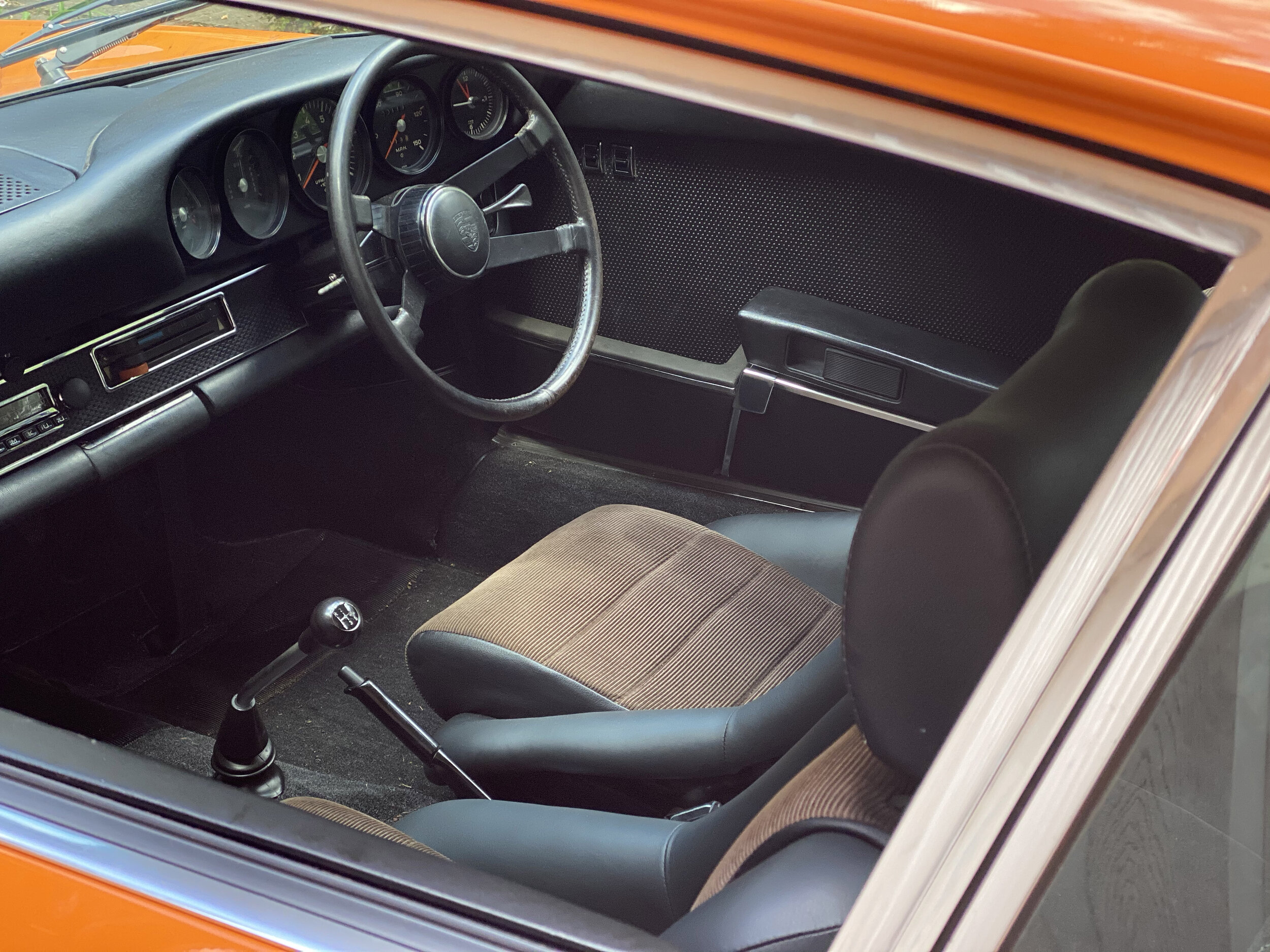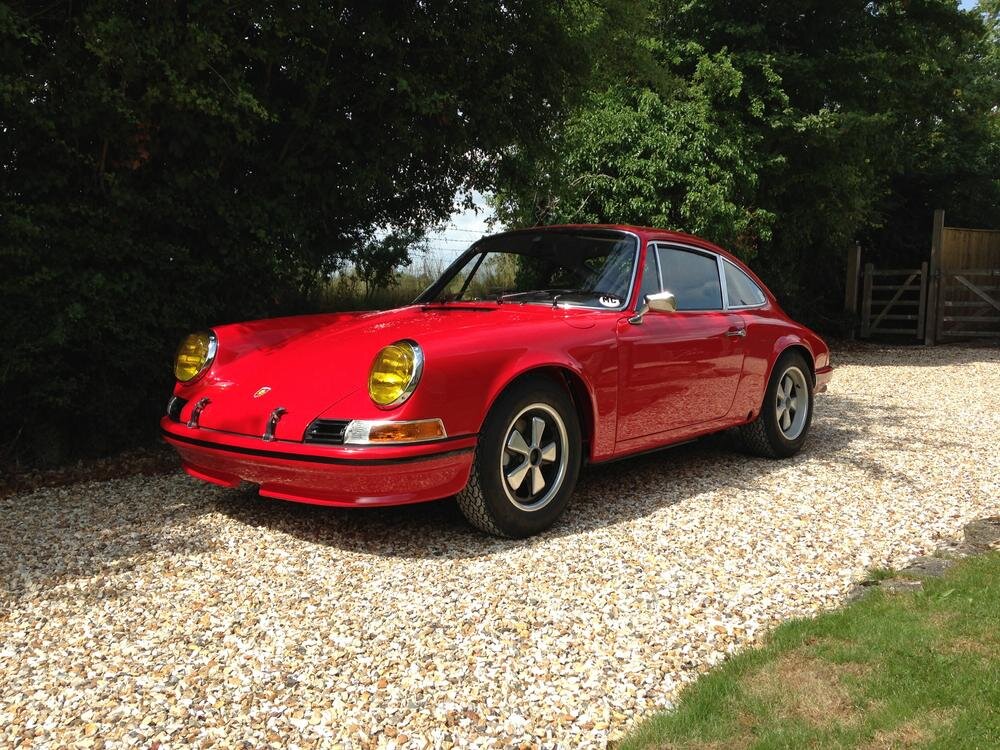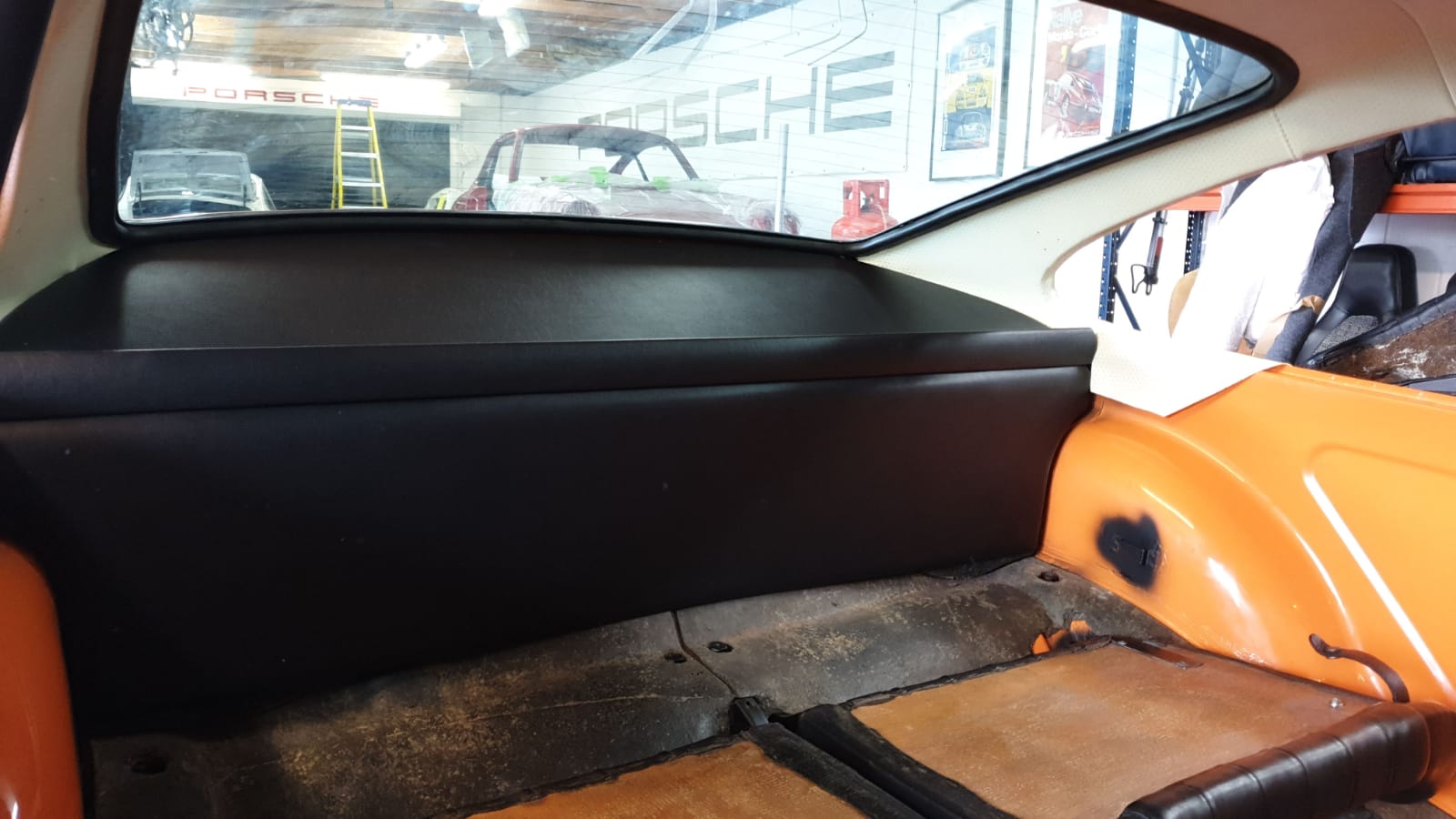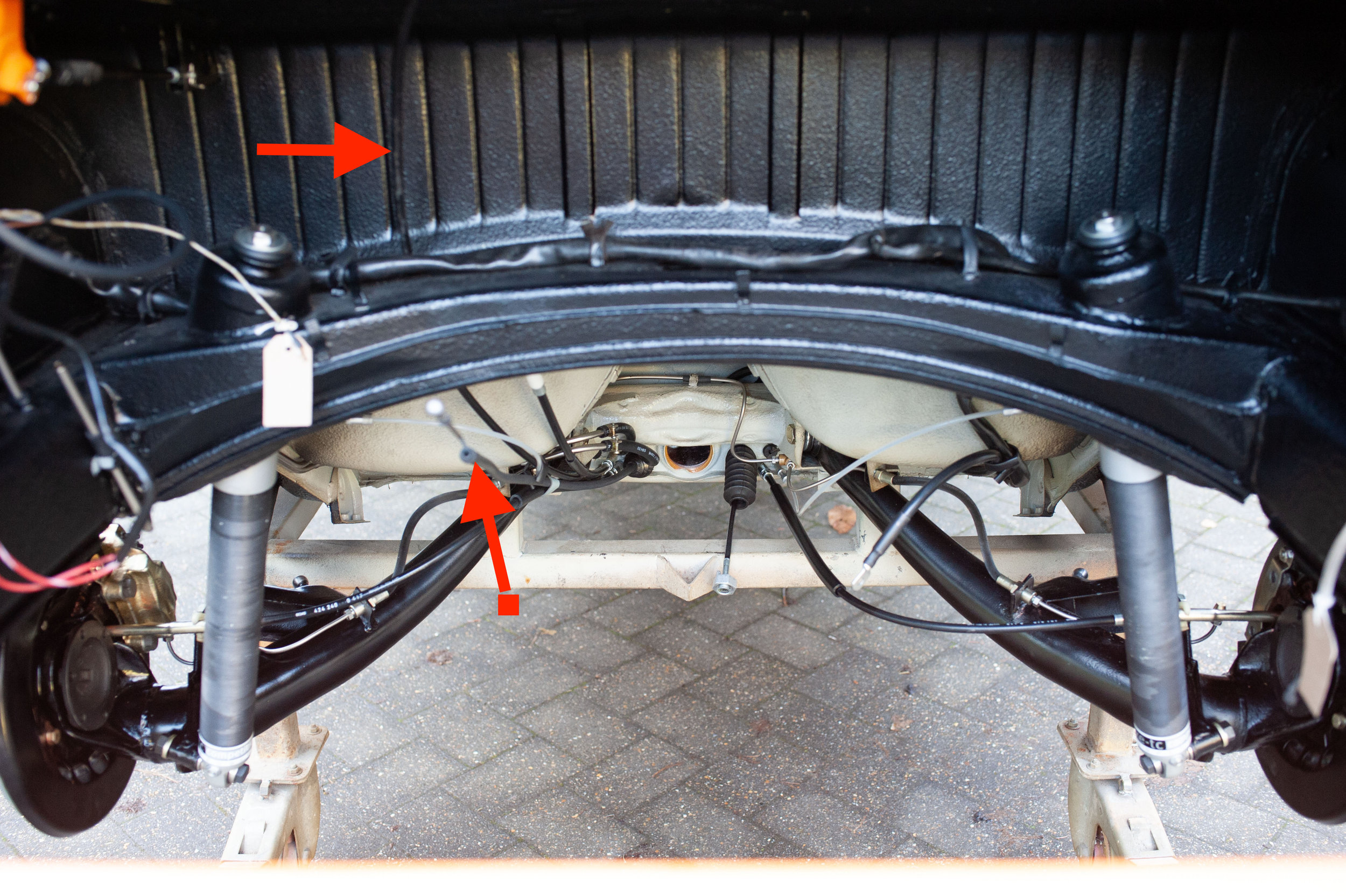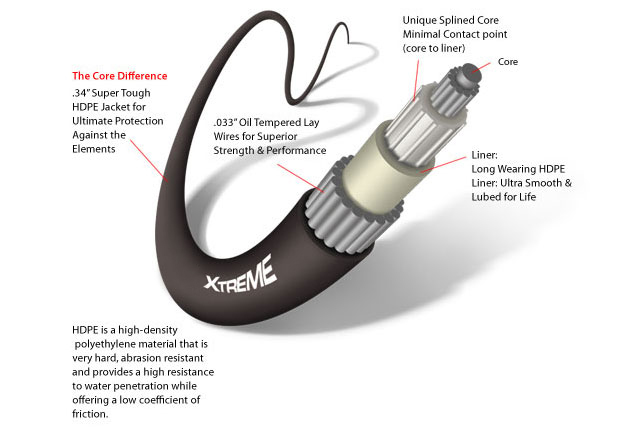Here in the UK we've had various COVID lockdowns, and more generally life has been far from normal. When regulations have permitted, the orange car has been tested and fettled. Those last 5% (2%???) jobs make a big difference.
As a wise man once said to me: at some stage in a restoration the car starts to feel together, and you come back from a drive with a snag list which is a bit shorter than last time. Then, one day, you realise that the remaining jobs are trivial / no more than those waiting to be done on the "Proper" cars. At which point your restoration project is, by definition, now a Proper Car.
Looks fairly proper, I would say:
Too many little tweaks to remember, but off top of head:
- Seat and pedal positions. Obviously make a huge difference to how it all feels...
- Brake fluid. While building, and for initial testing, I used silicone brake fluid. Mainly because it doesn't eat paint, and I was pretty sure something would leak (it did). Now flushed through and swapped to proper fluid, carefully re-bled etc. Pedal feel and effectiveness now very decent.
- Tyres. For a while I used the Avon CR6ZZ set destined for my '69 car. Now Pirelli CN36s. I think the Pirellis suit this car better. They feel slighly less stiff.
- Mirrors. I had intended to leave the car side-mirrorless, as it was originlly which I know from the 1970 movie of the car at Eric Clapton's house. But have now added Durants both sides, with the convex glass modification on the passenger side. I think it looks better, certainly feels better.
- Geometry. As previously mentioned, a first pass attempt at decent geo has been done. Not perfect yet, but pretty good. When everything has settled in, I will probably take it to Center Gravity for the full works. I might also be unable to resist tweaking the damping away from exe-tc's recommended settings.... I mean, they have adjustors, you can't blame me for adjusting...
- Fuelling. I had a decent baseline (and newly-refurbed MFI pump and throttle bodies), so not much needed here. I've gone a few clicks leaner, but not going too crazy. A future job is rolling road with mixture sensors, to optimise.
- Timing. Again, main work had been done. I've tweaked slightly, using the programmable curve of the CDI+. Will revisit on the rolling road.





